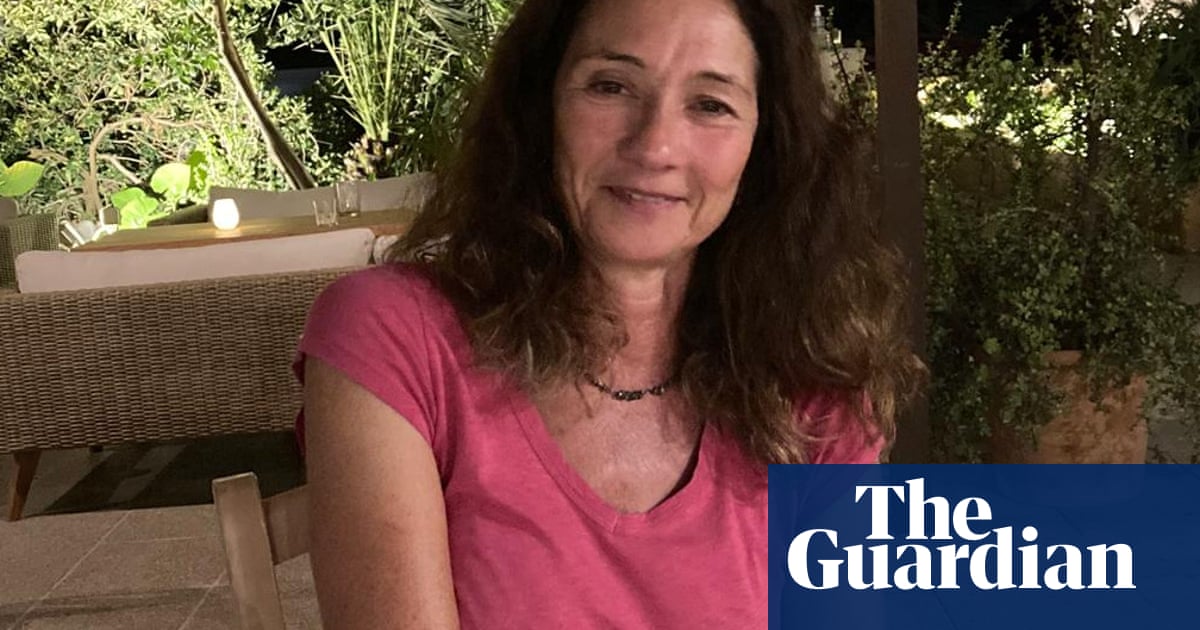Mental health problems and economic hardship remain widespread among survivors of the Maui wildfire, as access to food, stable housing, work and healthcare remains a struggle for many, according to a study tracking 2,000 survivors.
Two in every five (41%) adults report declining overall health since the August 2023 fire, with the burden falling heaviest on those still exposed to ash, smoke and debris, according to the latest findings of the Maui Wildfire Exposure Study (MauiWES), a pioneering longitudinal research initiative by the University of Hawaii (UH) and local community groups.
Half of the study’s 1,800 adult participants are suffering depressive symptoms such as insomnia, fatigue, loss of appetite, feelings of guilt and worthlessness, and poor concentration, while one in four adult survivors are racked with anxiety. The rate of severe depression is double pre-fire levels, while anxiety is up tenfold compared to earlier benchmarks, according to the study, titled From Crisis to Recovery: Health and Resilience Two Years After the Maui Wildfires.
MauiWES is one of largest post-disaster exposure studies of its kind, and an effort to understand and address the impacts on health and social conditions caused by the deadliest American wildfire in more than a century. At least 102 people died and more than 2,200 homes were destroyed on 8 August 2023 after 50mph winds supercharged a fire that ripped through the historic town of Lahaina in west Maui, leaving thousands without shelter, work, or access to adequate health and other basic services.
Two years on, more than 40% of adults still lack stable housing and 25% of those looking for work remain unemployed. The number of households unable to afford enough nutritious food – also known as food insecurity – is on the rise, with almost one in four adults regularly skipping meals or going entire days without food due to financial hardship – double the pre-fire rate.
Despite some signs of progress and healing, four times as many adults still experience suicidal thoughts compared to before the fire – pointing to deep psychological scars and a need for sustained, culturally appropriate long-term mental health care, according to the report. Failing to address the ongoing psychological trauma – and the housing, economic and food crises caused by the fire – could lead to a future surge in strokes, chronic respiratory disease and other cardiovascular problems.
Worryingly, heart and lung issues linked to fire and ash exposure have already become more pronounced.
More than 70% of 1,800 survivors in the study now have hypertension – or high blood pressure, while one in four have reduced lung function. The findings come as authorities prepare to move piles of contaminated debris from near Lahaina to central Maui, raising concern among residents about further exposure to environmental toxins.
Despite successful efforts to expand coverage, one in six participants remains uninsured, rising to 45% among Latino residents. Nearly a third report persistent issues accessing care or medications – mostly as a result of the fire, the report found.
The second tranche of UH findings come after a separate study published exclusively by the Guardian last month showed that sexual exploitation of women and domestic violence soared after the Lahaina wildfire in 2023. This work is part of a growing effort to better understand and intervene in the health and social consequences of climate-fueled disasters that are wreaking short and long term havoc across the US and globally.
In general, women and children are disproportionately impacted by disasters. With almost 200 10- to 17-year-olds now enrolled in the Maui health study, the findings provide the first comprehensive snapshot of child survivors that suggests a hidden mental health crisis which requires urgent attention.
Around 45% of the children are experiencing PTSD symptoms, with one in 10 severely impacted by the trauma they have experienced. Half meet the clinical threshold for depression, while 30% struggle with anxiety symptoms such as palpitations, nausea and difficulty breathing. Girls and children identifying as Asian, Filipino and Latino consistently carry the heaviest emotional burden, pointing to the need for culturally grounded, gender-sensitive mental health care in schools and other community jobs.
Yet amidst these pressures, Maui’s community bonds remain strong, according to the report, with 90% of participants reporting moderate or high levels of social support. This strong support – anchored in ohana (family), culture and community networks – can serve as a buffer against the long-term health consequences of disaster, but is not enough.
Investments in long-term care access, chronic disease screening and respiratory follow-up are critical to avoid deepening health disparities and to promote sustained recovery for Maui’s fire-affected communities, researchers found.
“The people of Lahaina have shown extraordinary strength in the face of unimaginable loss. The progress we’re seeing is real – and it’s a testament to the resilience of this community, but the recovery is far from over,” said Ruben Juarez, co-author and professor of economics at the UH Economic Research Organization.

 8 hours ago
1
8 hours ago
1










 English (US)
English (US)